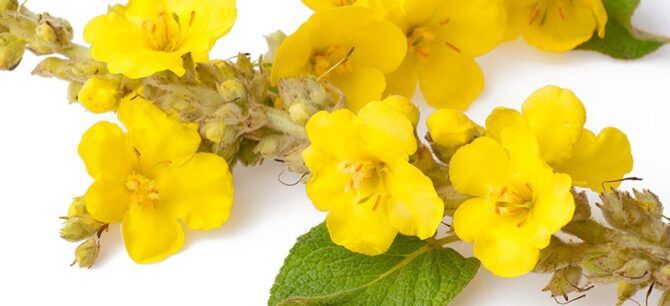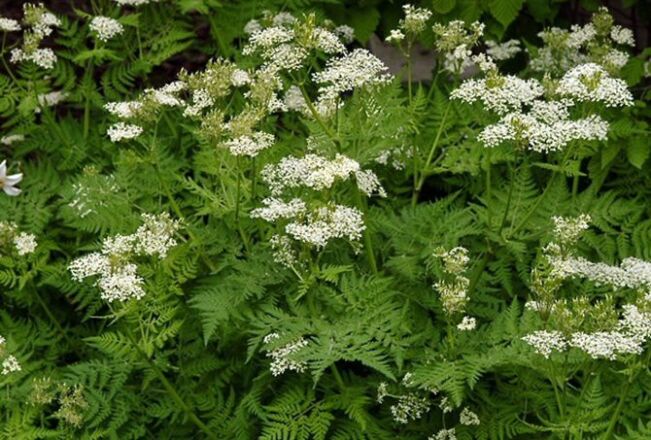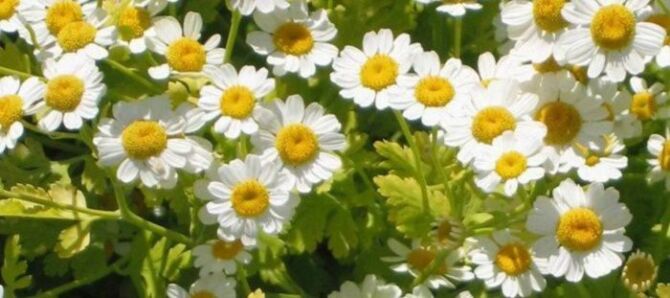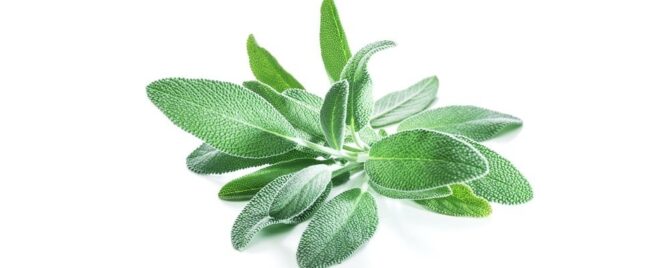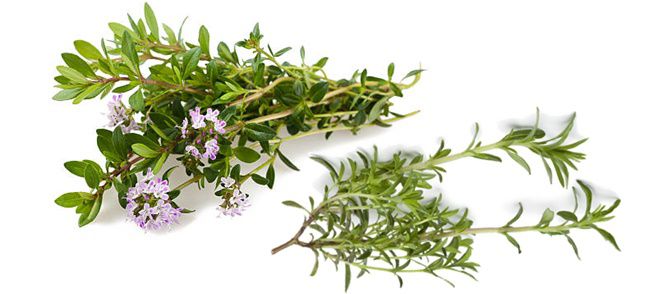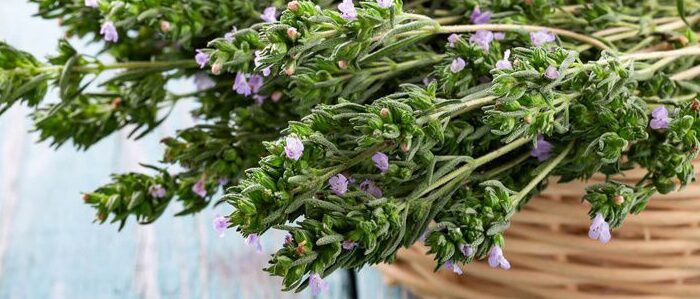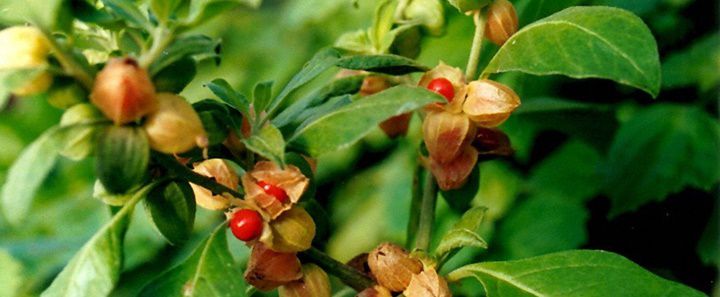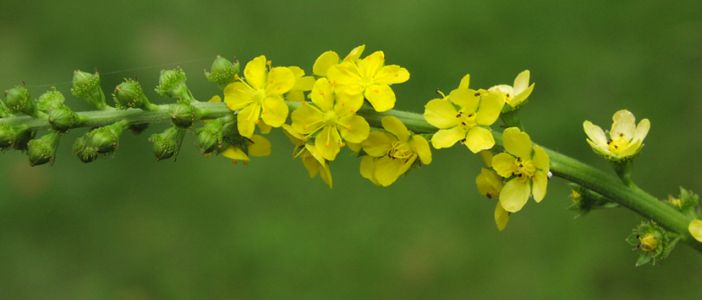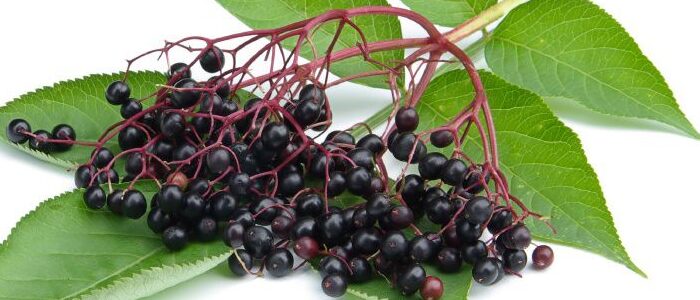Herbs & Medicinal Plants
How to Grow Mullein
How to grow Mullein and how to maintain Mullein Plants.
Mullein (Verbascum thapsus) is also known as woolly mullein, the great mullein,common mullein,Aaron se Staf (Afr) or Aaron’s Rod (Eng), is a species of mullein native to Europe, northern Africa, and Asia.
It is a hairy biennial medicinal plant that can grow to 2 m tall or more and has a deep tap root. Its small, yellow flowers are densely grouped on a tall stem, which grows from a large rosette of leaves.
How to grow Mullein from seed
- Sow Mullein seeds direct in early autumn.
- Sow thinly into prepared soil.
- Once germinated thin to 45cm spacing.
- Can also be sown indoors.
- Surface sow into deep pots filled with moist well-drained seed compost.
- Allow 3cm between seeds.
- Just cover the seeds with a fine layer of soil or vermiculite.
- Keep moist.
- Germination takes place at 15-18°C and takes 2-4 weeks.
- After germination reduce moisture allowing soil to dry out a little.
- When large enough to handle transplant into pots or outdoors.
- Prefers full sun in a moist well-drained soil.
- In the first year plants are low-growing rosettes of felt-like leaves. The whorl of leaves emerge from the root crown at the soil surface.
- The bluish gray-green, oblong to lanceolate leaves are densely covered in hairs.
- In the second year plants produce a flower stalk 5-10 feet tall. They bloom a few at a time throughout the summer, maturing on the stalk from the bottom to the top in successive spirals.
- Each individual flower opens before dawn and closes by mid-afternoon. The flowers attract a wide variety of insects – bees, flies, butterflies and other insects, but only short- and long-tongued bees are effective in cross‑pollination.
- Flowers are also autogamous, so self-pollination occurs at the end of the day if the flowers were not cross‑pollinated.
- After flowering the entire plant dies – there is no vegetative reproduction.
Maintaining Mullein plants
- This plant doesn’t have high water requirements. When it starts to flower, you can increase the watering slightly, but do not keep the soil consistently moist, otherwise you will reduce growth.
- Mullein is biennial, and it’s also frost resistant, but it is advisable to offer mulch protection during winter.
- Fertilize if desired, but this may cause leaf growth at the expense of flower growth.
Harvesting Mullein
- Mullein leaves are gathered in the first year of growth.
- During the second year, the stalk and blossoms grow, and you can harvest the flowers daily, as they open.
- You can also harvest the root of the mullein herb.
Medical Disclaimer
Information is for educational and informational purposes only and may not be construed as medical advice. The information is not intended to replace medical advice or treatment offered by healthcare professionals.


